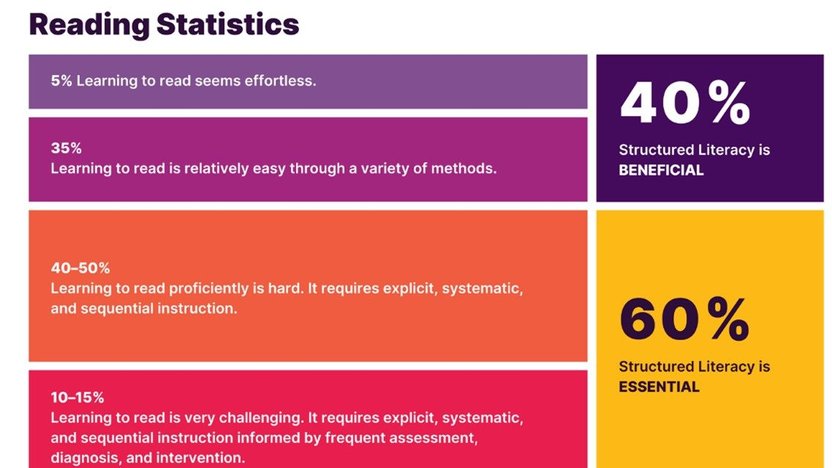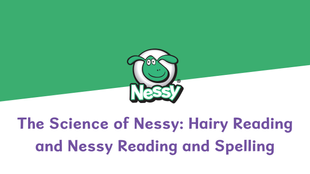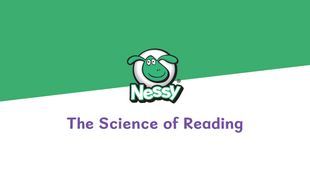The Science of Nessy

By Jodi Snowdon, Global Outreach Coordinator for Nessy
My role at Nessy affords me the privilege of doing projects with literacy advocates and educators around the world and attending conferences that align evidence-based literacy research with practical classroom applications for ALL children (namely, The Reading League in the US, the International Dyslexia Association of Ontario in Canada and the Literacy Association of Ireland in the Republic of Ireland).
I also get to help put Nessy’s individualised online literacy programs into the hands of children who are already benefiting from research-aligned Tier 1/whole class instruction, those who are not, AND those receiving Tier 2 and Tier 3 early literacy intervention.
Myths and Facts About the Use of Explicit and Evidence-Based Literacy Approaches
A common myth about using explicit and evidence-based literacy approaches is that English is too complex and unpredictable to learn explicitly and systematically, so we must teach it using a Whole Language or Balanced Literacy approach. However, the fact is that though English is complex, it also has a largely predictable orthography/spelling system.
Students don’t need to be taught every phonics skill in the entire language explicitly. Once they have a strong grasp of letter-sound correspondences, can decode words with ease and accuracy, are reading fluently, and have appropriate background and vocabulary knowledge, they will be able to read for meaning (reading comprehension) and add words and patterns to their lexicon.
The Whole Language approach encourages young children to look at pictures, skip over words, and guess at words based on context. Scientific research shows this is not an effective way to teach children to read. It is not explicit instruction.
Balanced Literacy is a Whole Language approach with a piecemeal phonics component added. The phonics component is not consistent or intense enough for children to develop reading mastery. Children do not explicitly practice phonics skills in decodable books. They are expected to use cueing strategies to guess words or memorise predictable patterns in levelled books. This approach is ineffective because it is not based on how children learn and is not aligned with scientific research.
A Structured Literacy approach explicitly guides a child through the mechanics of reading—sound-letter correspondences, decoding, synthesising, word recognition, fluency, vocabulary, and spelling using phoneme-grapheme correspondence—resulting in comprehension. Once students fully understand how to use the code, they will be on the path to becoming competent readers.
The components of a Structured Literacy approach are based on practical, evidence-based reading instruction. Learn more here with Five from Five.
Even with a Structured Literacy approach, some students, such as those with dyslexia, may still require additional opportunities to master these skills. Early intervention is crucial for these children.

“It’s not teachers who are failing. We’re smart, we care and we CAN learn how to teach reading when we're given the knowledge and tools to do so. Just like students with Dyslexia CAN learn to read when they're provided with explicit, evidence-based instruction, teachers CAN learn to teach reading when they're provided with the training and tools needed to use explicit, evidence-based approaches.”
-Kim Lockhart, French Immersion Special Education Teacher, IDA of Ontario Board of Directors, Course Instructor at Vancouver Island University, Faculty of Education
Top Tips for Intervention
Note: See Multi-Tiered Systems of Support (MTSS) resources in our recommended reading below.
• Give teachers the training and tools they need, including a professional level of understanding about dyslexia.
• Use evidence-based methodologies in Tier 1 literacy instruction.
• Screen all children aged 5-6 to identify the children most at risk.
• Do not delay intervention.
• Target areas of specific weakness.
Interested in learning more about structured literacy? Here are Nessy’s further reading recommendations:
How Do Children Learn to Read? - Source from Reading Rocket
Eyes on Reading: Dr. Stanislas Dehaene with Emily Hanford - Source from Planet World
Multi-Tiered System of Support – Mobilization Guide - Source from Massachusetts Department of Elementary and Secondary Education
Knowledge and Practice Examination for Effective Reading Instruction (KPEERI) - Source from The Center for Effective Reading Instruction (CERI)
"Most children who become poor readers experience early and continuing difficulties...one of the most compelling findings from recent research was that children who get off to a poor start in reading rarely catch up." – Dr. Joseph K Torgesen
Nessy’s Hairy Reading and Nessy Reading and Spelling programs are based on a Structured Literacy approach.
Learn how our programs align with the science of reading and the International Dyslexia Association’s practice standards in the PDF below.

